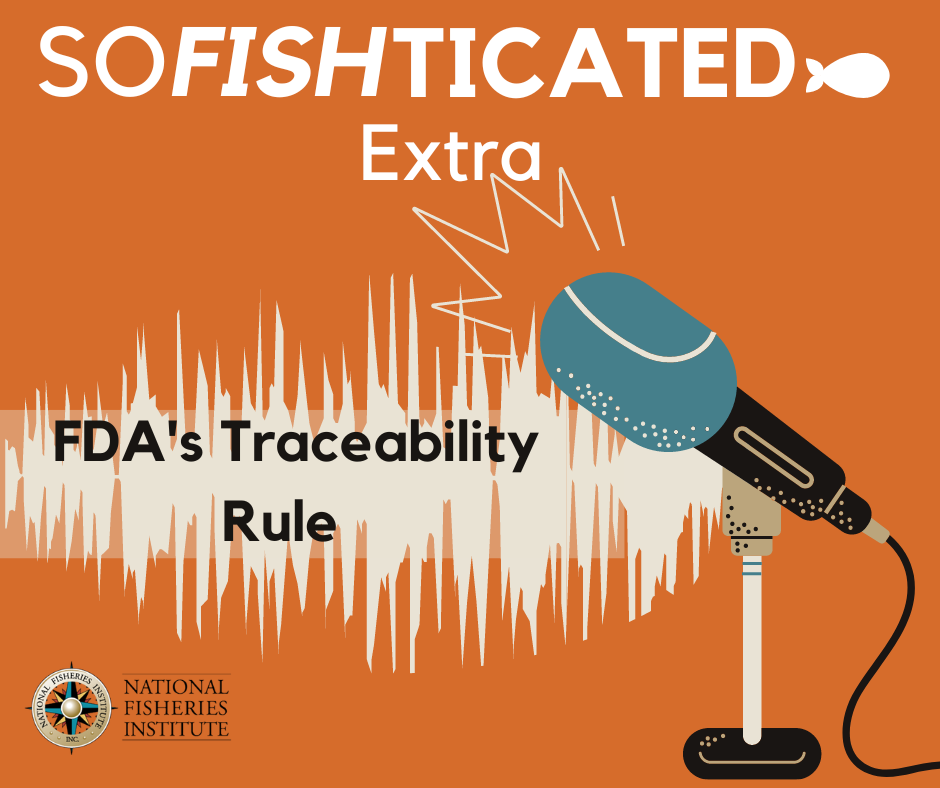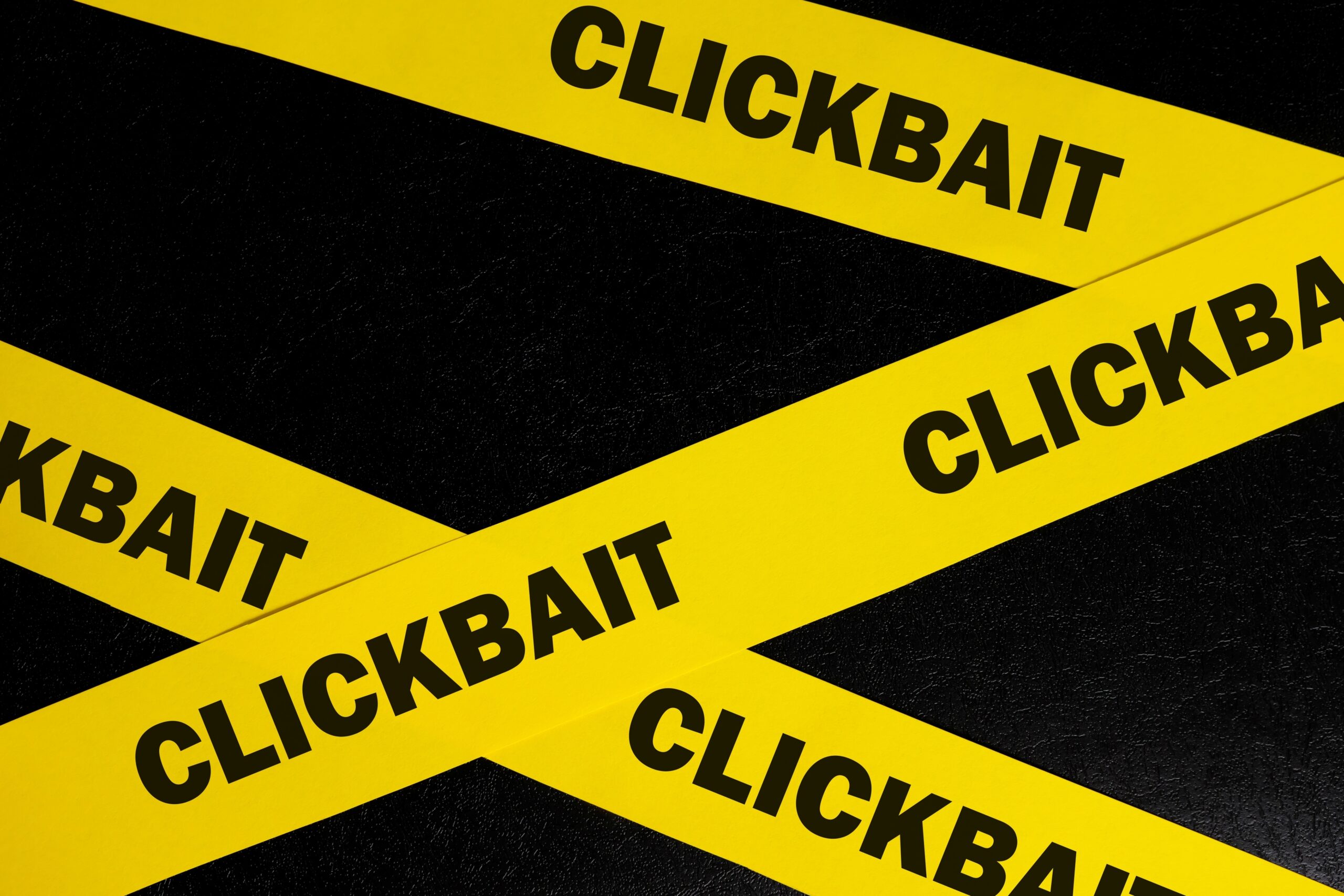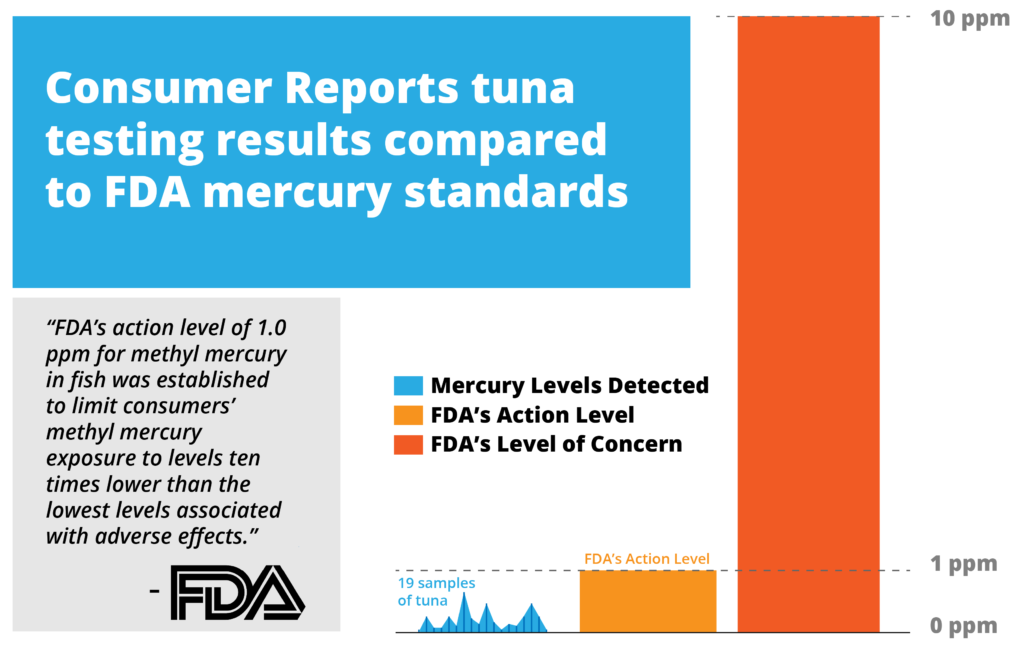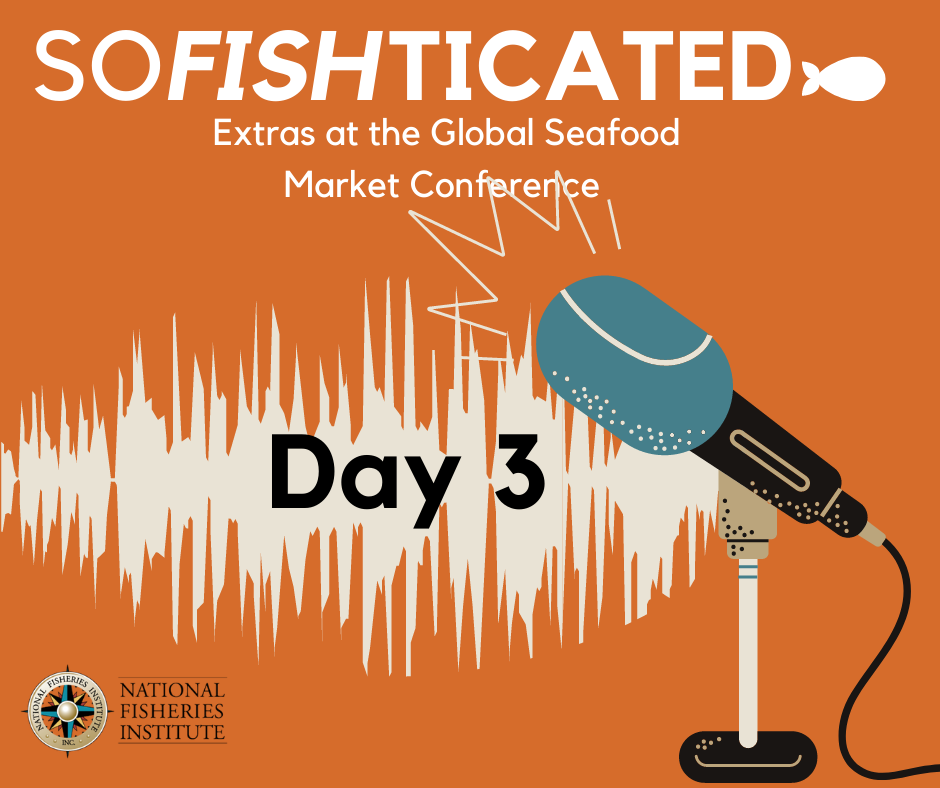All posts by NFI Media
SoFISHticated Podcast Provides Next Steps on FDA Traceability Rule
Red Tide is Real, But Pump the Breaks
There’s been some recent reporting about Red Tide in Florida and its oft-uncomfortable effects. Yeah, Red Tide is a thing and it’s a pain but it’s not something that’s likely effecting your commercial seafood.
To put it in perspective we’ll quote, the now retired, Stephen Blount of Blount Fine Foods who penned a Red Tide explainer some fifteen years ago that is still relevant today. That narrative follows with some identified liberties:
Red Tide. Like Sean Connery’s factitious Red October, is a name that congers up images of danger silently lurking in the water. At first glance it would appear this threat is once again sneaking up on unsuspecting [beach goers in Florida] ready to ruin a [spring] full of satisfying shellfish. But not unlike the Red October the broad threat levied by the Red Tide to everyday consumers is essentially fiction.
Red Tide is a fancy name for microscopic marine algae that turns ocean water a rusty red color. Scientists say this algae blooms after an unusually cold, wet winter or spring. Some are predicting a number of Red Tide outbreaks this summer. And while the algae that makes up the tide often contaminates shellfish, it is no reason for alarm. Stories about a scary scarlet tied creeping towards the coast leave consumers unnecessarily afraid to eat shellfish and do a disservice to [the men and women who work the waters from] New England [to Florida.]
Journalists and consumers alike need to be equipped with knowledge, not sensationalist stories that peddle fear rather than facts. Here are some Red Tide facts you might not have seen in print before:
1. No consumer has ever gotten sick from commercial shellfish as a result of Red Tide.
2. The shellfish you see in your local market is safe to eat even during a Red Tide.
3.Lobsters, shrimp and finfish are unaffected by Red Tide.
Each coastal state conducts thorough monitoring for levels of Red Tide. Shellfish samples are collected … and are constantly evaluated. If high levels are found officials close that shellfish harvest area. Furthermore, rigorous testing of shellfish by government scientists ensures that those that reach the market are safe.
There is no question Red Tide damages the shellfish harvest but what damages the livelihood of fishers … is misinformation about the safe, healthy, products that do make it to market.
If you must promote unfounded fears, let’s have folks worry about Russian subs off the coast not clams.
Consumer Reports Jim Rogers is as Accurate as a Groundhog Predicting the Weather
Ratings and Reviews Service Continues to Peddle Misinformation about Mercury in Seafood
Is it Groundhog Day because it sure feels like it? Nearly a month after we exposed Consumer Reports mercury-in-canned-tuna testing data and correctly compared it to the Food and Drug Administration’s (FDA) Action Level and “Level of Concern,” we thought the needless consumer fearmongering would end.
Apparently, Consumer Reports’ lead food safety “expert,” Jim Rogers, didn’t get the memo. During a recent NBC4 segment he continued to spread misinformation about mercury in seafood when he said, by eating canned tuna consumers may be exposing themselves to “dangerous levels of this heavy metal.” Umm, Jim, they’re not and that’s not what Consumer Reports found.
These guys — literally and figuratively — don’t get the picture. In order to help folks understand exactly what Consumer Reports found we were able to piece together the raw data from 19 of the 30 tests conducted as part of its How Worried Should You Be About Mercury in Your Tuna? article. The results are below and speak for themselves.
Jim Rogers is not only hyperbolic, but he’s also totally inaccurate. And this comes weeks after Consumer Reports was made aware of the necessary context. This pattern makes it appear Consumer Reports’ current goal is to actively deceive consumers rather than educate them.
One thing is clear…Consumer Reports track record or mercury reporting is just about as accurate as Punxsutawney Phil’s weather predictions. On second thought, maybe you should consider another site for your car seat reviews.
Greenpeace Releases New… Blah, Blah, Blah
Reaching into its bag of retread tricks, Greenpeace— for the hundred millionth time — is releasing a “Tuna Retailer Scorecard” that no consumers will pay attention to. The thinly veiled fundraising solicitation that went out today pithily titled, “Message from Greenpeace” contains just two links. One to a list of ranked retailers and the second to a page titled, “Donate to Greenpeace USA For a Better Future!” Notice the exclamation point; that means it’s important.
This time the group has ginned up a reworked “Tuna Retailer Scorecard” that’s based on human rights violations and environmental impact, ultimately, homogenizing and marginalizing two actually important issues into one cash grab.
But, spoiler alert, retailers and consumers alike don’t need to even read it to know what it says—all 16 retailers except one (which earned a “D”) got an “F.” That’s right, no one is doing enough for human rights or the environment except Greenpeace.
Here’s how it works; Greenpeace will get a few donations here and there, then it will reach out to its big institutional donors and say the new score card is creating fundamental change. Next, it will generate another score card that shows marginal improvement, and claim credit for said “progress.” Finally, in classic Greenpeace style, it will then rinse and repeat for a few more cycles and eventually go away after accomplishing essentially nothing but…fundraising.
An endless loop of nothing new; lather, rinse, repeat.
We Did Consumer Reports Work for Them
How Worried Should You Be About Consumer Reports?
When we challenged reporter, Lauren Kirchner and her team at Consumer Reports, to release all their mercury-in-canned-tuna testing data and put it in perspective with the Food and Drug Administration’s (FDA) Action Level and “Level of Concern,” we thought it was a pretty simple request. Apparently, it wasn’t because rather than a full clarification of the facts we got… nothing but crickets.
So, in order to help folks understand exactly what Consumer Reports found we were able to piece together the raw data from 19 of the 30 tests conducted as part of its How Worried Should You Be About Mercury in Your Tuna? article. The results are below and speak for themselves.
Do those findings surprise you? Perhaps as much as Consumer Reports was surprised when CBS Mornings Anchor, Tony Dokoupil, sat through a four-minute segment on their recent report before declaring, “Well, I will not be abstaining, I like my tuna with pickles, mayo, olive oil, and lemon. All of it in there, a little dill, salt, and pepper; it is delicious.”
Hmm… not quite the fearmongering response they’d hoped for?
But wait, there are more surprises. Reporter, Lauren Kirchner, was once a Pulitzer Prize finalist for her work related to something called algorithmic bias. This basically means systematic and repeatable errors in how you crunch numbers can create unfair or inaccurate outcomes. A fancy way to say, cooking the books. Dare we say, when you look at those numbers and you read Consumer Reports recommendations to avoid or curtail tuna consumption the books seem kinda cooked. Alert the irony police.
Oh, and one more thing. Were we the only ones who noticed Consumer Reports bury this little nugget, laundered in as a piece of quiet “optimism?” Eighty percent of the mercury levels measured were, “actually lower than the average mercury levels the FDA measured from 1990 to 2010.”
Perhaps it’s time for greater editorial review at Consumer Reports. Or maybe it’s long overdue? You be the judge, but one thing is for sure, you don’t have to judge whether your canned tuna is safe to consume.
Really, Consumer Reports? Show Us The Numbers
Consumer Reports new story titled “How Worried Should You Be About Mercury in Your Tuna” is a quintessential example of a news outlet writing its conclusion first and then reverse engineering the story to fit it.
Consumer Reports says it tested 30 cans of tuna for mercury and was so concerned with the levels it found, recommended consumers limit or avoid the affordable, heart and brain-healthy protein. However, they never share what those levels were in the context of the Food and Drug Administration’s (FDA) mercury restrictions and or levels of concern.
Do you know why we suspect they didn’t do that? Here’s our hypothesis – because NONE of the samples they tested came even remotely close to exceeding the FDA’s Action Level and weren’t even in the universe of what the FDA considers a level of harm.
We saw some of Consumer Reports’ results, and in one set of tests, the highest level of mercury found in a “light” can of tuna was .58 ppm, and the highest level of mercury found in an “albacore” can was .66 ppm. The FDA’s Action Level, or the limit for mercury in fish, is 1.0ppm. Neither of these levels begin to even approach this limit and are completely safe to consume.
However, more importantly, we note that Consumer Reports never even talks about the Action Level and also never explains that the Action Level includes a 10-fold safety factor:
“FDA’s Action Level of 1.0 ppm for methyl mercury in fish was established to limit consumers’ methyl mercury exposure to levels ten times lower than the lowest levels associated with adverse effects.”
Cans that include tuna with mercury levels of .58ppm or .66ppm are nowhere near the absolute lowest levels FDA itself associates with “adverse effects.” In a bout of journalistic malpractice Consumer Reports never explains this. And it’s not because Consumer Reports didn’t know this, oh they did, because we told them on January 11, 2023. They just chose to leave this vital information out of the report, opting instead to peddle their obscured findings in search of exactly what they’re getting today; sensational headlines. An embarrassing failure of journalistic ethics or a strategic deception? You decide.
We have an idea. Why don’t author, Lauren Kirchner and the Consumer Reports team, publish a blinded chart that shows all 30 of their samples in parts per million of mercury found, as compared to FDA’s 10-fold safety factor and then let consumers decide if they’re concerned about mercury in canned tuna. Or better yet — just send NFI the test results and we’ll do it for you. You’ve got our email… we can wait.
Consumer Reports Loves a Good Scare Story
NFI has learned that Consumer Reports magazine is preparing to release a “story” that documents its efforts to test mercury in canned tuna. A story the outlet has repeatedly produced over the years:
Dating all the way back to 2014, the Food and Drug Administration (FDA) blasted the magazine saying its report, “focus(ed) exclusively on the mercury levels in fish without considering the known positive nutritional benefits attributed to fish. As a result, the methodology employed by Consumer Reports overestimates the negative effects and overlooks the strong body of scientific evidence published in the last decade.”
Despite that admonishment, they’re at it again — taking precious time away from rating vacuum cleaners and air fryers to play an unqualified role in making public health recommendations.
However, here’s the real part of the narrative that will not surprise you. NFI found out Consumer Reports was testing cans of tuna in early January, and we reached out to them to be a resource. Not surprisingly, they didn’t sound thrilled to hear from us.
From the findings, we were privy to, we noted to Consumer Reports that the mercury levels they apparently found do not raise consumption concerns. Additionally, to suggest precautions to consumers based on those results would be hyperbolic and borders on embarrassing, tabloid journalism.
We pointed out that in the sample of results we saw, it appeared the highest level of mercury found in a “light” can was .58 ppm and the highest level of mercury found in an “albacore” can was .66 ppm. The FDA’s Action Level, or the limit for mercury in fish is 1.0ppm. Neither of these levels begin to even approach this limit and are completely safe to consume.
However, more importantly, we explained to Consumer Reports that to be totally accurate they would need to put these numbers in complete context with the FDA’s own explanation of the 1.0ppm Action Level and then explain the fact that the FDA’s 1.0ppm level includes a 10-fold safety factor:
“FDA’s Action Level of 1.0 ppm for methyl mercury in fish was established to limit consumers’ methyl mercury exposure to levels ten times lower than the lowest levels associated with adverse effects.”
— Food and Drug Administration
Cans that include tuna with mercury levels of .58ppm or .66ppm are nowhere near the absolute lowest levels FDA itself associates with “adverse effects.” Any reporting by Consumer Reports that suggests otherwise and does not include a thorough explanation of the FDA’s safety factor would be disingenuous at best and or deceptive at worse.
The report is scheduled to come out tomorrow Thursday, February 9th. Keep in mind, at that point Consumer Reports will have been fully aware of the FDA’s testing metric and threshold for concern for nearly a month. Deceiving readers by omitting accurate and scientific FDA perspective in search of sensational headlines is more than an embarrassing failure of journalistic ethics it is, simply put, wrong.
Join us at the NFI Future Leaders Alumni Networking Event in Boston
Hear the SoFISHticated Extras from the final day at GSMC
SoFISHticated: Meet Lisa Wallenda Picard
SoFISHticated co-hosts, Richard Barry and Melaina Lewis, sit down with Lisa Wallenda Picard, so members can meet NFI’s new president and CEO ahead of the 2023 Global Seafood Market Conference.













